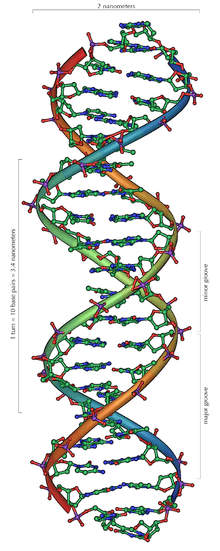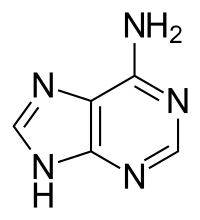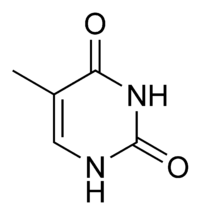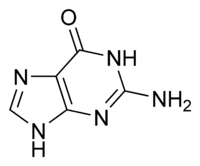General Genetics/Structure of the DNA Molecule
< General Genetics
DNA is generally found as a double helix, composed of two chains, or strands, of nucleotides held together by hydrogen bonds. A good analogy to this would be a spiral staircase, with the sides of the staircase being the strands, and the steps being the hydrogen bonds.
Nucleotides
As was said above, DNA is composed of a double helix structure with nucleotides in between. Each nucleotide consists of deoxyribose (a 5-carbon sugar), which is bonded to a phosphate group and one of four nitrogenous bases. The sugar and the phosphate make what is usually referred to as the "sugar-phosphate" backbones of the DNA molecule by binding to the sugar and phosphate groups of other nucleotides. The nitrogenous base, on the inside of the double helix, makes hydrogen bonds with the nitrogenous base on the opposite strand.
Base Pairing
The four nitrogenous bases found in DNA are Guanine, Cytosine, Thymine and Adenine, abbreviated as G, C, T and A, respectively. Adenine and Guanine, being composed of two rings, are known as purines, while Cytosine and Thymine, being composed as one ring, are known as pyrimidines.
| Purines | PyrimidinesStructure of the DNA Molecule | |
|---|---|---|
| Adenine | Thymine | |
| 2 H-Bonds |  |
 |
| 3 H-Bonds | Guanine | Cytosine |
 |
 |